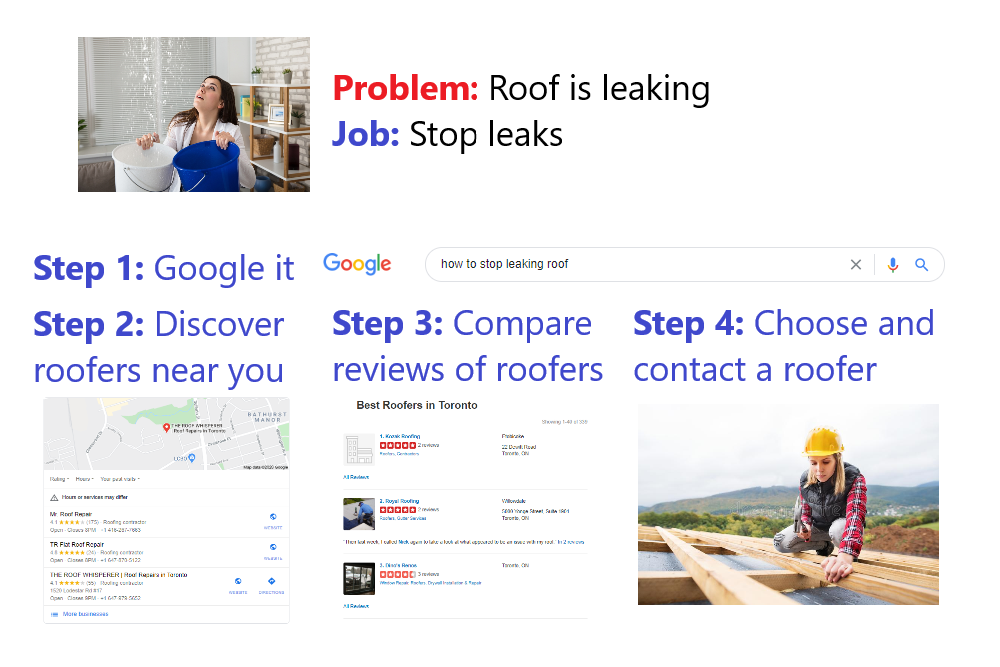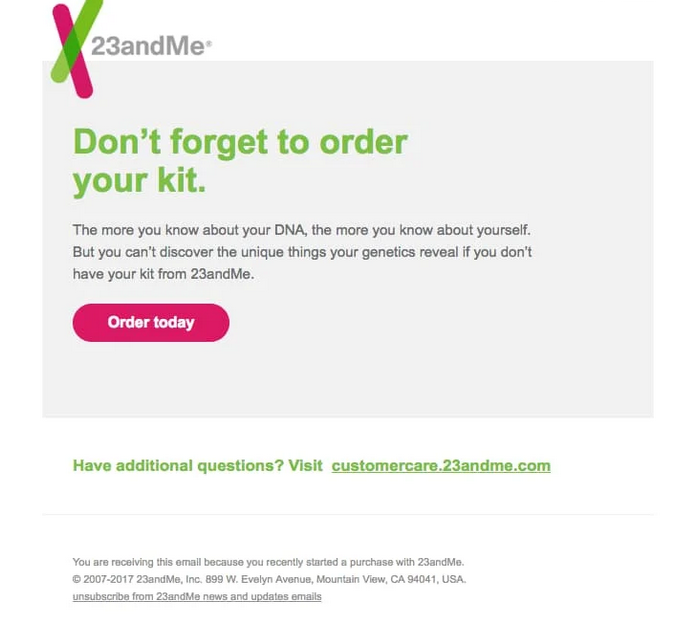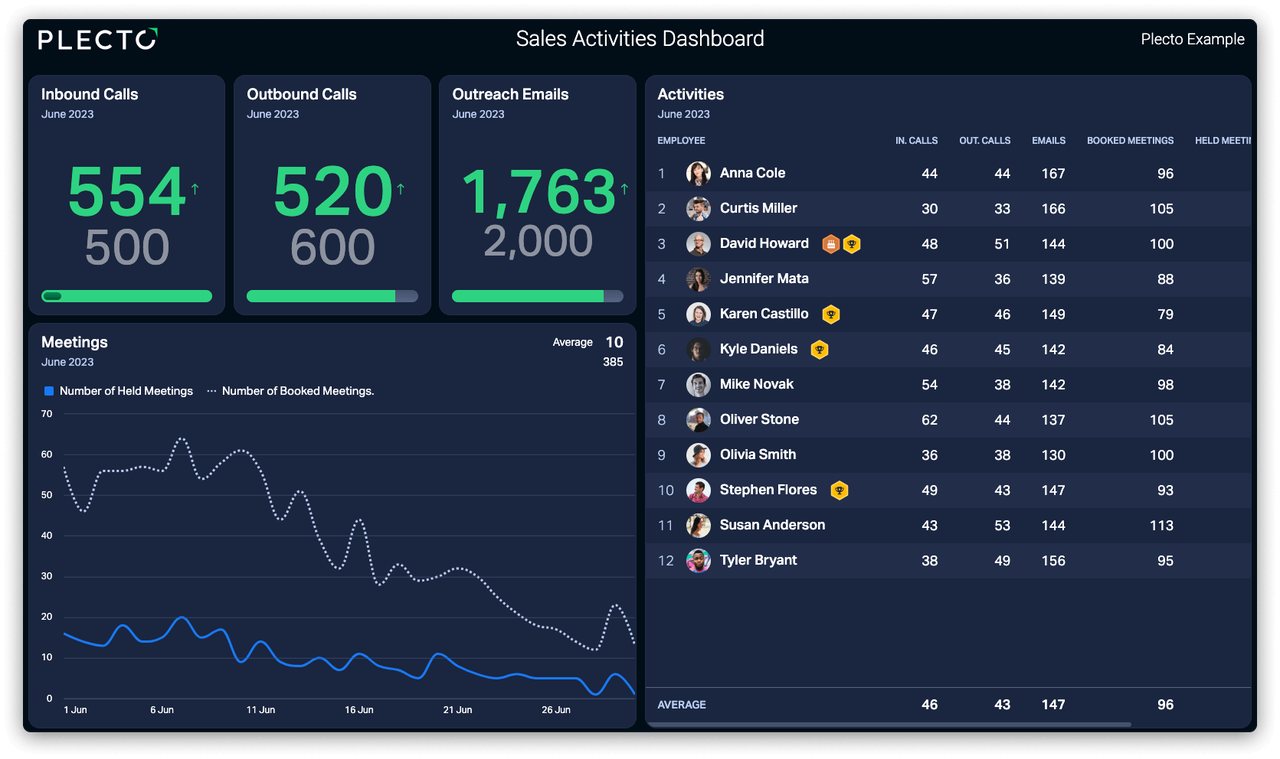Take a moment to think about the last thing you bought. Did you buy it on a whim, or did you buy it because it filled a need? The customer journey starts when the customer has a desired outcome. Their purchasing decisions are then oriented towards making that desire a reality.
As a marketer, you will serve as a guide during this journey. You’ll provide helpful information to ensure that you meet your customer’s needs (using your product, of course). From the moment the prospective customer types a question into Google, to the point of sale and beyond, your job is to show them how you can solve their problem.
If your customer journey does not include email marketing integrations, you’re missing out on an opportunity. Email marketing is a proven way to establish lasting relationships with customers. People expect top-notch service, and if they don’t get it, you’ll find them blogging or taking to social media to tell the world about it. Build a strong relationship, on the other hand, and your happy customers will be your strongest advocates.
So the question is: why do we need email marketing integrations? The answer is simple: because it works.
If you want to make email marketing integrations, everything starts from simply understanding customers' needs and finding the exact and unique value, which will make the customer journey smoother.
Recreate the customer journey
To determine how to provide value to your customer, identify the phases of the customer journey, then decide where you could step in. Remember that your job is to provide value, acting as a guide in the process.
These points of connection are called touchpoints. Their purpose is to continually remind the customer that your business exists and can help them. You should use multiple channels for touchpoints for the customer journey, and email marketing integration is one ideal method. Others might include Google ads, social media, and telephone contact.
Let’s imagine you run a business repairing leaking roofs. Look at social media reviews or ask other roofers in your area how they find business. You could even ask your neighbors how they look for roof repair services, their pain points, and what would make them choose one roofer over another.
After your research, you might come up with a customer journey that looks like this:

Build your first dashboard.
Start your 14-day free trial today
Since a leaking roof is an urgent problem, this entire customer journey might take just a day or two. Consider the speed of the customer journey when you’re thinking about your touchpoints. Remember, the purpose is to create content that is impactful and relevant to each stage.
When you have mapped your customer journey, it’s time to define how you’ll guide them through each step and straight to purchasing from your business. Automate the touchpoints.
Automate the touchpoints
Creating critical touchpoints in the customer journey in email marketing and reaching out to customers would be a full-time task if donedon. Fortunately, an email marketing software platform can help you to automate the process, saving you time and ensuring you maximize the chance of turning a lead into a customer. You can use a Google CRM to achieve this level of personalization and deliver the right message at the right moment.
Your first touchpoint might be when a prospective customer searches for a product or service on Google. If your SEO is up to scratch, this search might guide them to your social media channels or website.
Your website must offer more than just a list of services. It should represent value and offer something your customers want. So, learn how to make a website or work with a developer to make yours as user-friendly as possible. If we continue with the hypothetical example of a roofing business, your website might include how-to articles for small roof repairs, a list of common causes of roof leaks, and so on.
Your website should always have a form where prospects can sign up for more useful information. This form should capture their email address and other relevant information - though be mindful of data privacy regulations in your area. Before you will do email marketing integrations, iIt’s a good idea to run email addresses through an email verification service to confirm if they are real.
At this point, you can start your email marketing sequence. These emails might be triggered by specific activities, such as inquiring or making a purchase, or might be scheduled to arrive at particular times. To ensure these messages reach the recipient's inboxes, consider using an SPF record checker to maintain a high level of security.
Here are some examples of email sequence steps you might consider:
- “Thank you for signing up for our newsletter” email.
- Emails offering discounts or introductory prices for new services.
- “Need more information?” email, with links to interesting articles.
One of the most critical touchpoints is if the customer puts items in their shopping cart but doesn’t check out. You can send them an email to remind them to complete the purchase. This is called a “cart abandonment email” and is proven to be highly effective. It is applicable for most businesses. Here you can find 9 examples of email marketing services.

Remember that your prospect might contact your business at any point in the journey. Your email sequences and triggers should be responsive to any eventuality.
Follow through after the purchase
Congratulations, your customer has made a purchase! The customer journey ends there, right?
Not so fast! If you play your cards right, this might only be the beginning. With the right follow-up and customer care, you can turn a one-time customer into a lifelong fan.
Email marketing integration is a vital element of the customer journey and it’s a perfect tool for keeping tight relationships with customers. Here are a few types of automated emails to consider to keep your business at the top of their mind:
- Announcements of new products or services.
- Newsletters with relevant content and updates.
- Industry news.
- Holiday greetings
- Special offers for repeat customers.
Following through after a transaction will establish customer loyalty and open the door for future business. Not only that, but the happy customer might even recommend you to their friends and colleagues.
Using email marketing to your advantage
Before you begin an email marketing integration, you have to reconstruct the customer journey. This involves finding out your potential customer’s pain points and their desired resolution.
Once you’ve recreated the customer journey, you can create your touchpoints. These are the junctures where you can reach out and present your products or services as a solution to their problem.
It’s best to use more than one marketing method to reach your customers at various touchpoints. Your customers can choose to contact you at any point in the journey, so you need to continually remind them of your presence and of how you can help and email marketing integrations can be one of solutions for customer journey.
Once you’ve made the sale or delivered the service, the customer journey doesn’t stop there. Staying connected ensures you’ll be the first business they think of when they - or someone they know - need your services. Sending automated email sequences, including useful content and special offers, will maintain awareness. Remember: it is cheaper to retain a customer than to acquire one
Email marketing integration is a powerful tool with tremendous potential. It should be center stage in any modern business strategy. But to be effective, you must ensure that your communications reflect the customer journey and address your customers’ needs.
This is a guest blog post by Owen Baker, the Content Marketer at Right Inbox and Voila Norbert. He has spent most of the last decade working online for a range of marketing companies. When he’s not busy writing, you can find him in the kitchen mastering new dishes.




